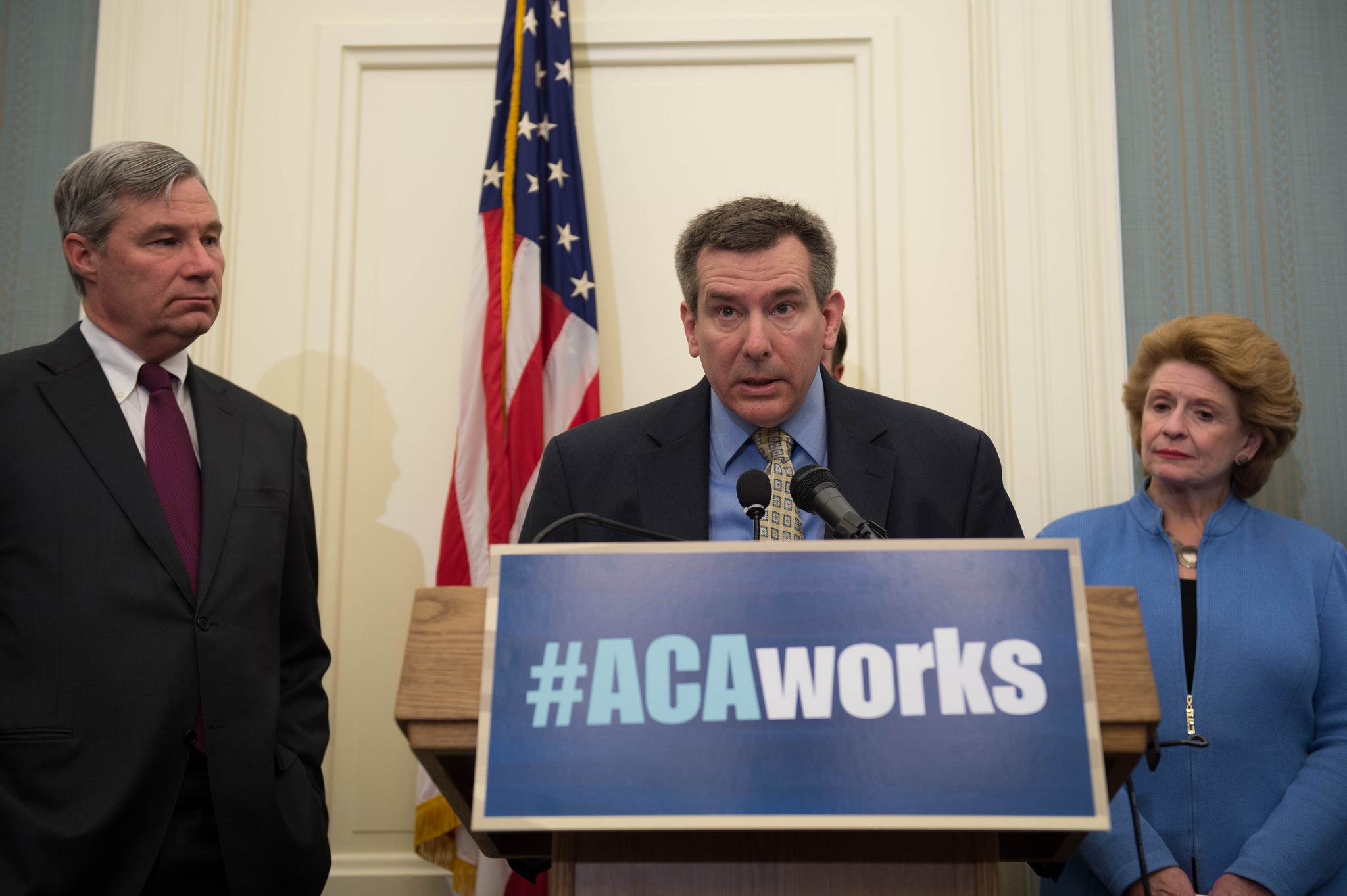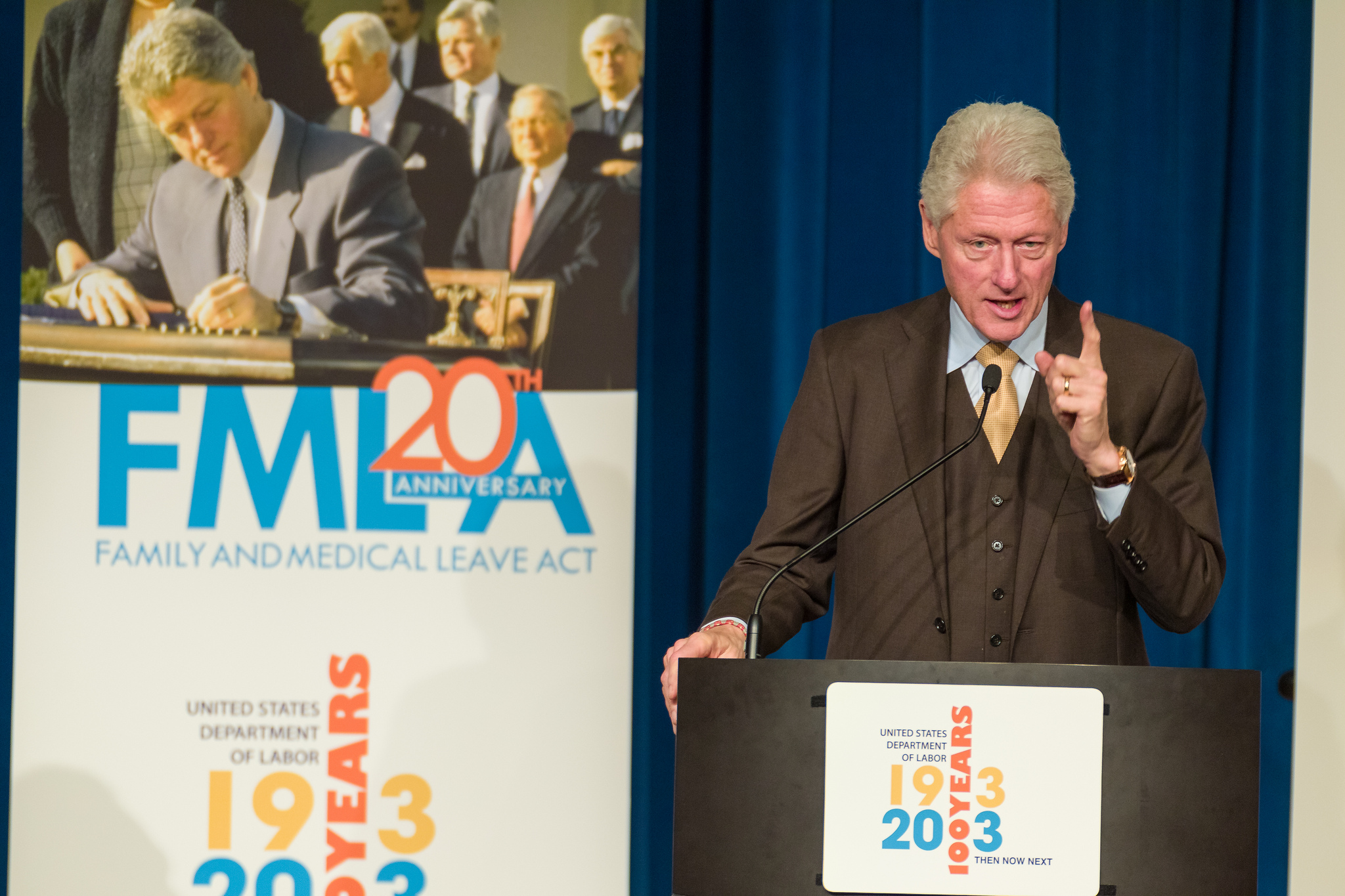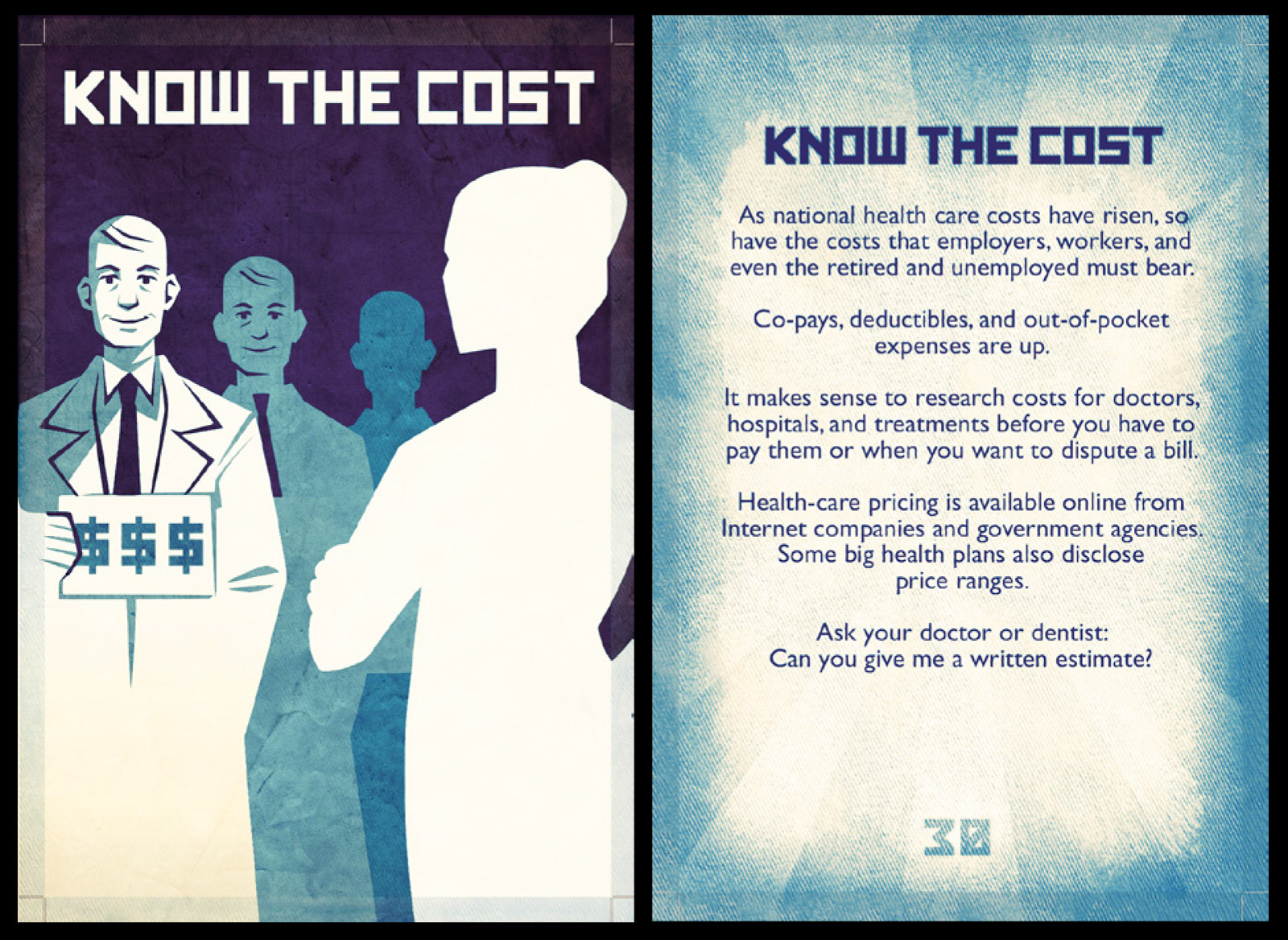New federal data reveals that drug and device companies paid doctors and hospitals significant amounts of money to help promote their products in 2013. Thanks to health care reform, which requires much more accountability and transparency in health care, the Center for Medicare and Medicare Services has just released data showing that in the five months between August and December 2013, 546,000 physicians and 1,360 teaching hospitals received almost $3.5 billion from these medical industries. To be clear, this does not include money from medical device and drug companies to members of Congress to help ensure that the U.S. government continues to allow them to charge Americans rates for their products twice as high as what other wealthy nations allow.
To view the Open Payments data for yourself, click here. It is intended to help the public understand how much money is going to doctors and teaching hospitals from drug and device manufacturers.
If you like this story, you might also like these:












